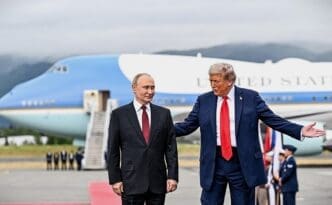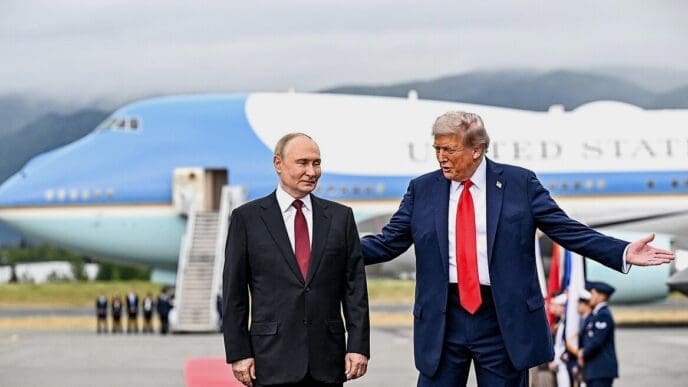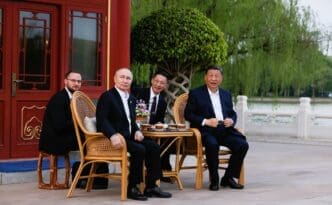Japan remains cautiously optimistic about its economic prospects despite ongoing trade tensions with the United States under President Donald Trump’s administration. In its June report, released ahead of the Group of Seven summit in Canada, the Japanese government reiterated its belief in a modest economic recovery, acknowledging uncertainties due to U.S. trade policies.
The report highlighted Japan’s economic resilience amid external shocks and rising domestic inflation. Wage hikes by major firms have exceeded 5% for two consecutive years, marking the highest increase in 34 years. However, these wage increases have not kept pace with rising costs of essentials like food and energy, resulting in a decline in real wages for the fourth consecutive month as of April.
Japan’s “National Crisis”
Economic Performance: A Tenuous Rebound
The Wage-Inflation Squeeze
The Tariff Threat
Proposed U.S. Tariffs’ Estimated GDP Impact
Japan’s High Exposure
Japan’s economic outlook is clouded by President Trump’s tariffs, which include a 25% tariff on Canadian and Mexican imports and an initial 10% on Chinese goods, later increased to 145%. Although the U.S. and China have temporarily suspended most of their tariffs, there remains a 10% levy on each other’s goods. Despite these challenges, Tokyo is focused on maintaining a steady course, emphasizing the importance of flexible policy management alongside the Bank of Japan to achieve price stability targets.
The Bank of Japan is poised to maintain its benchmark policy rate at its upcoming meeting while continuing its path toward normalizing interest rates. Japan’s economy contracted slightly in the first quarter of the year, but this was less severe than initially thought, with private consumption showing signs of improvement. The government anticipates a subdued economic performance in the second quarter, with external demand and consumer spending remaining cautious.
Industrial production and exports have faced challenges due to the global trade war, with exports to major markets like the United States, European Union, and China experiencing declines. Nonetheless, there are signs of recovery in some areas, as Japan aims to navigate the complexities of international trade and maintain its economic stability.














